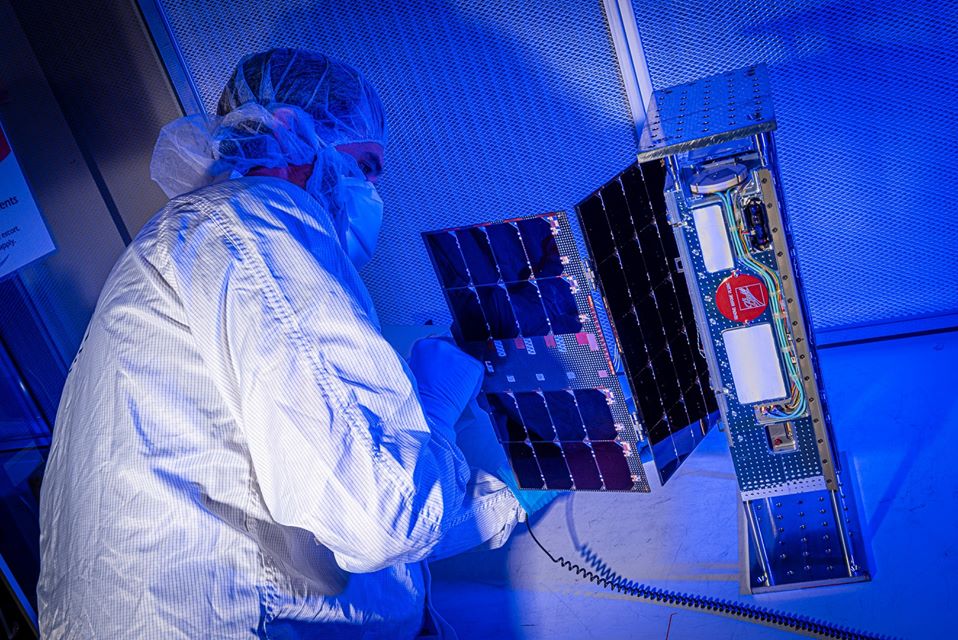

The Compact Infrared Radiometer in Space
CIRiS: Low Cost. High-value scientific data.
Small but capable, Ball’s CIRiS instrument will observe the Earth from a spacecraft no larger than a shoebox. The miniaturized instrument weighs only 1.4 kg (3 lb); due to its small size and weight, the cost of launch is substantially reduced, contributing to lower overall mission costs.
CIRiS collects highly calibrated infrared images of land and ocean surfaces. Ball began CIRiS development with an aircraft-mounted instrument, adapting it for the special challenges of the space environment and operation on a 6U CubeSat. CIRiS uses carbon nanotube calibration sources to perform on-orbit calibration from a much smaller platform than previously possible. A state-of-the-art uncooled infrared imaging detector enables greater sensitivity without active cooling, eliminating power requirements and weight from the system.
Funded by the NASA InVEST (In space Validation of Earth Science Technology) program, the mission objective is to demonstrate new CubeSat-compatible technologies enabling Earth observation for scientific applications. CIRiS implements this goal by using its innovative technologies for accurate calibration, on the ground, and in-orbit.
CIRiS collects highly calibrated infrared images of land and ocean surfaces. Ball began CIRiS development with an aircraft-mounted instrument, adapting it for the special challenges of the space environment and operation on a 6U CubeSat. CIRiS uses carbon nanotube calibration sources to perform on-orbit calibration from a much smaller platform than previously possible. A state-of-the-art uncooled infrared imaging detector enables greater sensitivity without active cooling, eliminating power requirements and weight from the system.
Funded by the NASA InVEST (In space Validation of Earth Science Technology) program, the mission objective is to demonstrate new CubeSat-compatible technologies enabling Earth observation for scientific applications. CIRiS implements this goal by using its innovative technologies for accurate calibration, on the ground, and in-orbit.
What will CIRiS do?
CIRiS collects images simultaneously in three long-wavelength bands. The data provide information about the Earth’s land and sea surface temperatures and properties of clouds and the atmosphere. Further image analysis supports applications including the mapping of soil moisture for measuring local drought conditions and investigation of conditions preceding extreme storms. Data will help scientists and decision makers with evaluating drought severity, climate modeling and other important questions about the Earth.
CIRiS: NASA's ESTO Portfolio
Learn more about CIRiS in NASA's ESTO technology portfolio.
What We Are Doing
Ball designed, built, tested and calibrated CIRiS to integrate onto the CubeSat. CIRiS launched to the International Space Station on December 5, 2019 and was deployed a few weeks later to begin collecting data. Ball is conducting mission operations with the aid of Space Dynamics Laboratory. Ground and on-orbit data will be analyzed and stored by Ball for future applications.
BESST
Learn more about our BESST sensor with this download.
DOWNLOAD
File Type:
PDF
File Size:
1010.70kb
Instruments & Sensors
Learn more about our heritage in high-tech instruments and sensors.
SmallSats
Feature article in SatMagazine, written by VP, Debra Factor.
